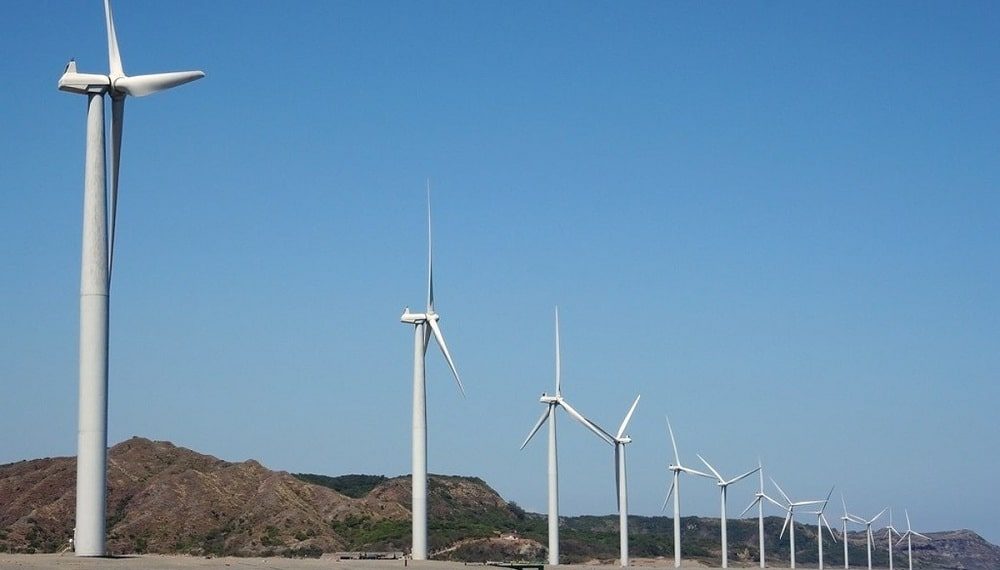British utility SSE and Norwegian oil company Equinor have agreed to invest 6 billion pounds ($8.03 billion) to construct the first two phases of the Dogger Bank offshore wind power project, the two companies said on Thursday.
The project will become the world’s largest offshore wind farm, helping both companies to achieve their climate targets.
“Taken together, the first two phases represent the largest offshore wind project financing to date globally,” SSE said in a statement.
“This investment will help drive a green recovery from coronavirus through the project’s construction over the next five years, creating jobs and boosting the local economy.”
The construction of 2.4 gigawatts of capacity in the British part of the North Sea will be financed by a group of 29 banks and three credit export agencies.
The first phase, of 1.2 GW, is expected to start operations in 2023, with the second following about a year later. Each phase will generate around 6 terawatt hours (TWh) of electricity annually.
A third phase is planned for completion by 2026, by which time Dogger Bank would produce enough electricity to supply 5% of British demand, equivalent to powering six million British homes each year, the companies said.
Last year the Dogger Bank project won British government financial support and on Tuesday it signed power purchase agreements with several buyers.
The British government, which plans to quadruple current offshore wind capacity to 40 GW by 2030, earlier this week announced it would double the capacity of renewable energy projects eligible for support in its next round of subsidy auctions.
Equinor on Nov. 2 said it aims to become a net zero emitter of greenhouse gases by 2050. It has invested in offshore wind in Europe and North America in recent years.
SSE plans to invest 7.5 billion pounds in low-carbon projects over the next five years. ($1 = 0.7473 pounds)







































